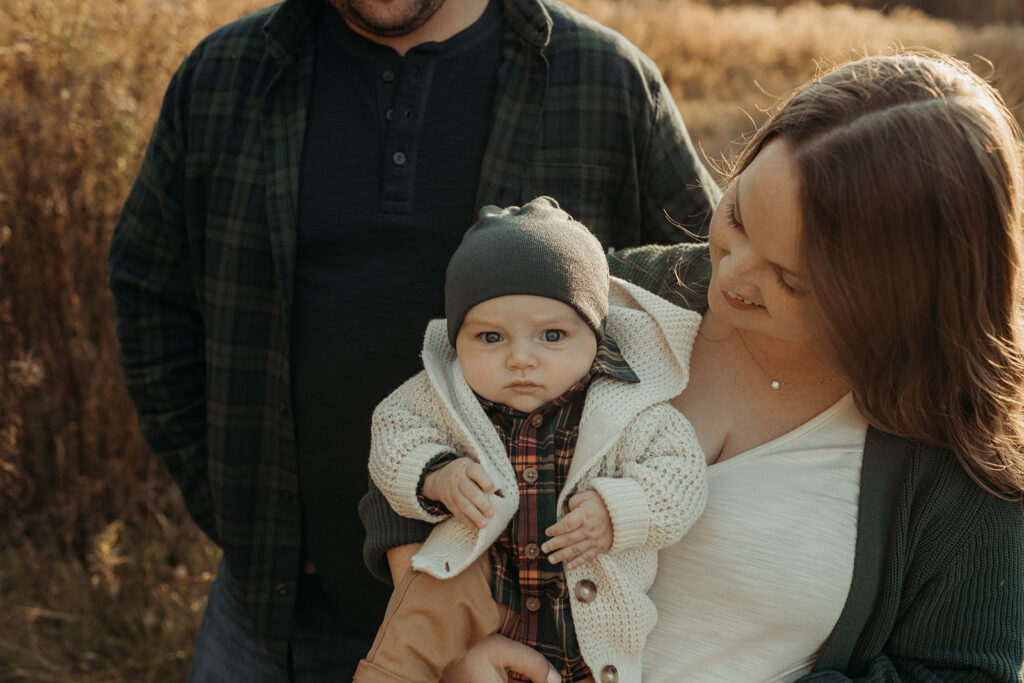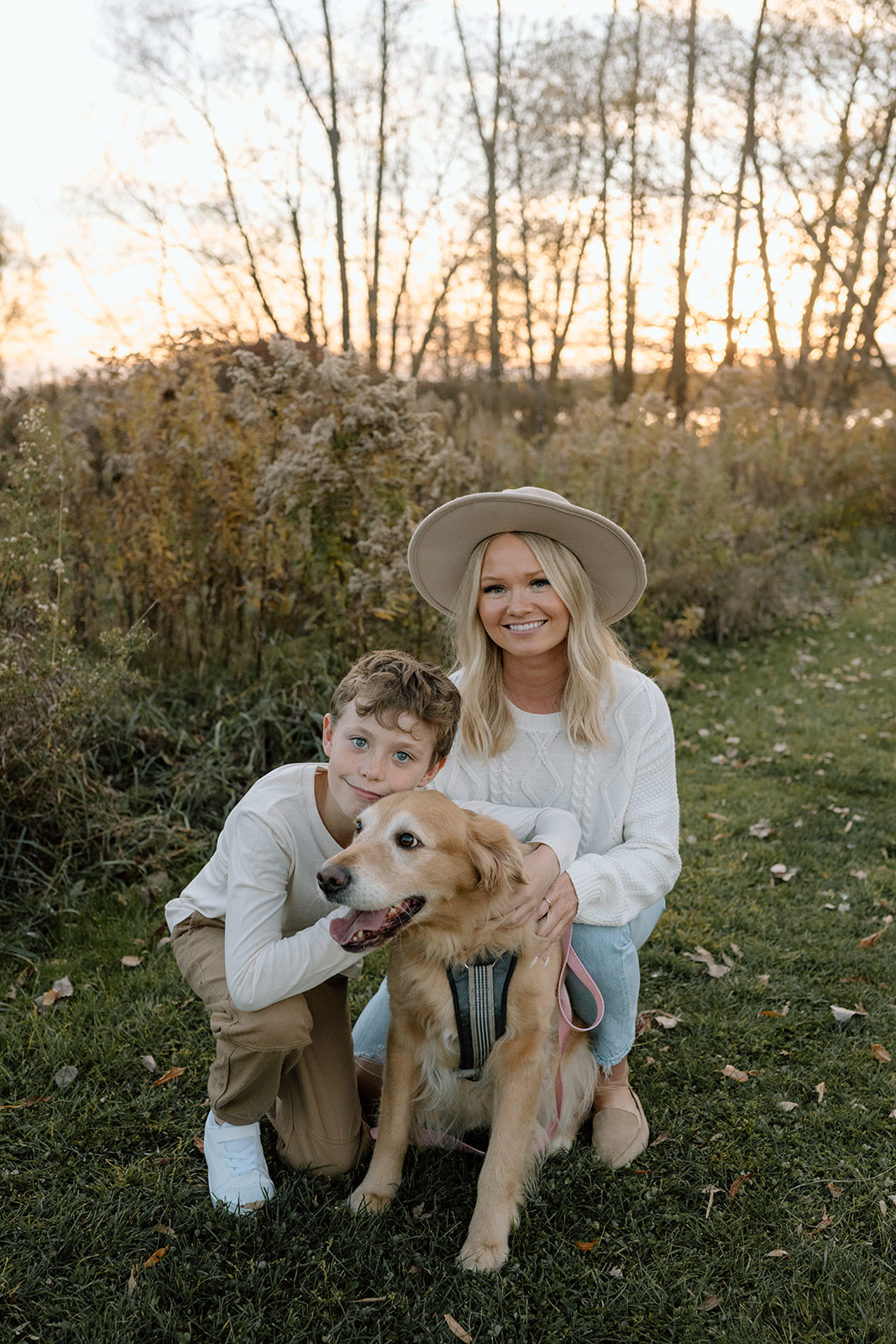
When it comes to photography, lighting is everything. It can make or break a photo, and it’s what sets professional photographers apart from amateur ones. In this blog post, we’ll be going through three essential tips for achieving the best lighting in your photos. From utilizing natural light to experimenting with different times of day, these tips will help you take your photography to the next level.
Utilize natural light
Natural light is often the most flattering and easiest to work with. When shooting indoors, try to position your subject near a window or open door to take advantage of the light coming in. If you’re shooting outdoors, pay attention to the direction of the light and how it’s falling on your subject. For example, the early morning and late afternoon light, often referred to as “golden hour” because of its warm, soft quality, is great for portraits and landscapes. The warm light of the golden hour can add a natural glow to your subject, making them look more alive and dynamic.
On the other hand, if you’re shooting during the middle of the day, the light will be coming from overhead, which can create harsh shadows and washed-out colors, and we don’t want that.

Experiment with different times of the day
The quality and direction of light can change greatly depending on the time of day. The golden hour, as we mentioned before, is a great time for portraits and landscapes, but you can also experiment with the light during other times of the day. For example, the blue hour, just before sunrise or after sunset, can create a dreamy and ethereal atmosphere. The midday light can also create interesting contrasts and shadows that can add depth and drama to your photos. Experimenting with different times of day can help you to learn how to use light to create different moods and atmospheres in your photos.

USE REFLECTORS OR DIFFUSERS
When shooting in bright sunlight, harsh shadows can be a problem. One way to control these shadows is to use reflectors. Reflectors can be used to bounce light back onto your subject, filling in shadows and creating a more even light. You can use white, silver, gold, or other colored reflectors to achieve different effects.
If you’re working with a model or a portrait, a reflector can be used to fill in the shadows under the eyes and in the cheeks, which can create a more flattering and natural look. Diffusers can also be used to soften harsh light and create a more natural look. They are especially useful for outdoor portrait photography, as they can help to distribute light evenly and reduce harsh shadows.

In conclusion, lighting is a crucial aspect of photography. Remember to always pay attention to the lighting in your surroundings and don’t be afraid to experiment with different lighting setups to find the best results. Keep in mind that lighting is not just about getting the right amount of light on your subject, but also about creating the right mood and atmosphere for your photo. By mastering the art of lighting, you will be able to create truly stunning and captivating photographs that will stand out from the rest.
Please don’t hesitate to ask if you have any questions at all or if you think of something I didn’t touch on. I’m always happy to help!
Don’t forget to join my community on Instagram https://www.instagram.com/itsrkphoto/ and check out my Pinterest for some more inspiration https://www.pinterest.com/itsrkphotostudio/💕